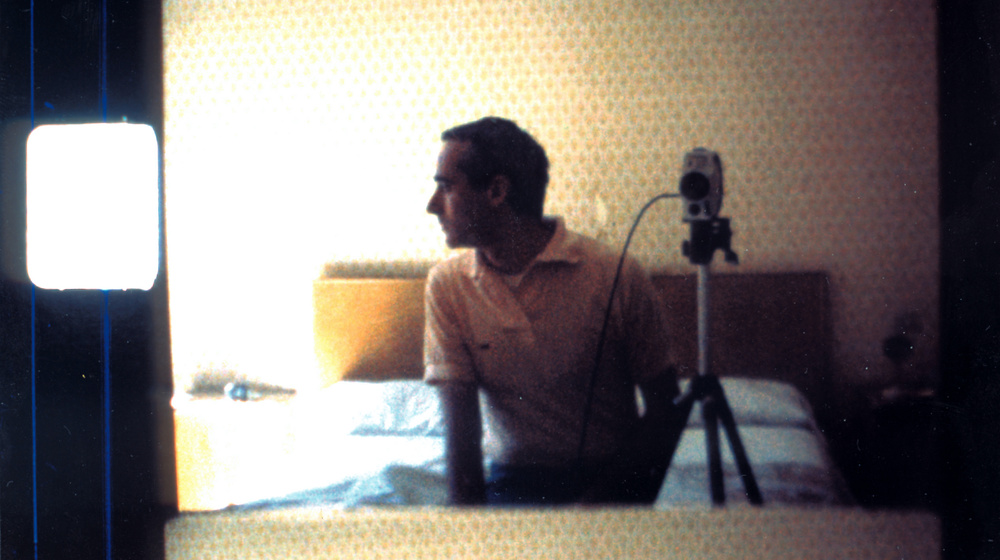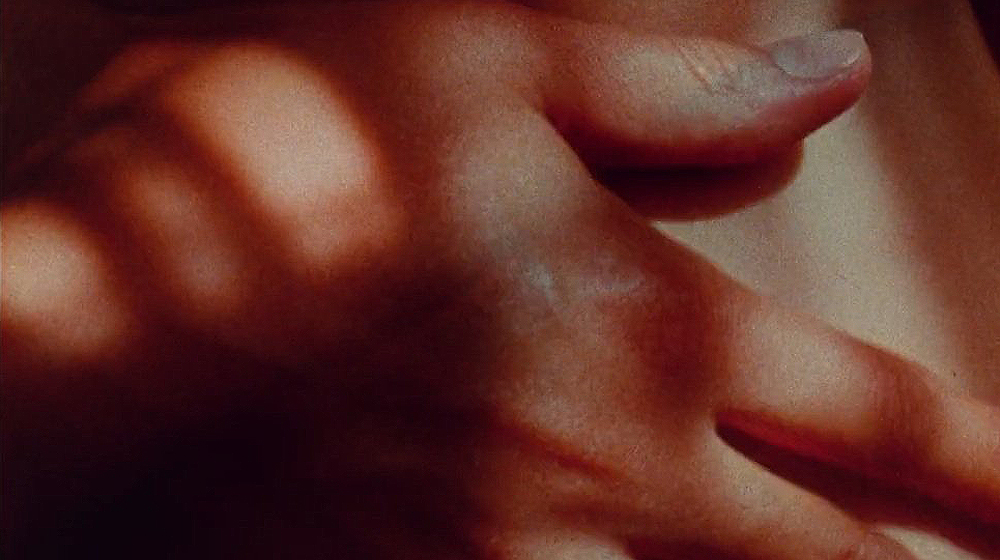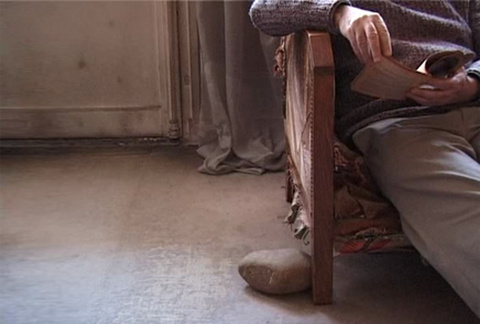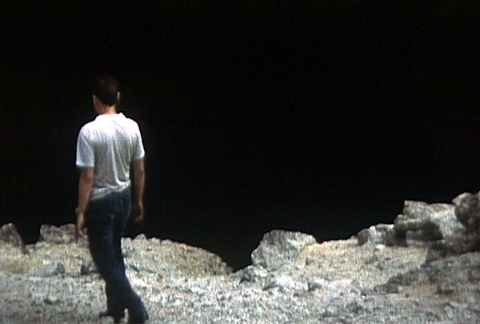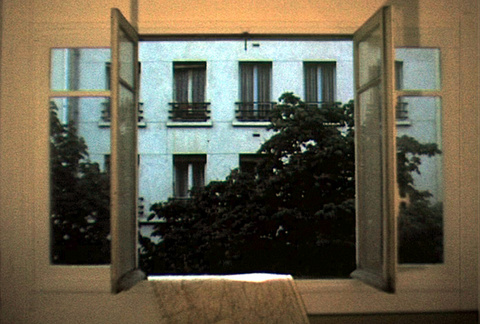Between 1983 and 1995, Jean-Claude Rousseau made five films on Super-8, in radically assimilating the format's properties to create an ascetic sensuality for the filming, sound and editing of his Kodachrome cartridges. Always respecting the integrity of the reel as it was actually filmed, the cineaste attempts to achieve an unexpected, unthinkable and transformative vision.
In his first feature film, Jean-Claude Rousseau offers a sensorial, sentimental journey through seven ruins and various hotel rooms in the city of Rome, with motifs such as division, splitting and the impossibility of representation shifting constantly among the meticulous formal work and experience of a conversion.
Guided by the bipartite structure of the poet Joachim du Bellay's Les antiquités de Rome, Rousseau assembled forty-two reels filmed over six years, arranging them in blocks that animate metrical forms (rhymes, symmetries, ellipses, diaphors). The monuments and rooms are framed following a principle of flattening out, attracting trompe l'oeil and occlusions that empty the film of any literal or representative interpretation in order to enhance the circulation of motifs (plastic, symbolic, sentimental) in correspondences established by a lyrical imagination.
Les antiquités de Rome, Jean-Claude Rousseau, 1989, Super-8, 105 min.
Screened in 16 mm. Original language with Spanish subtitles. Film courtesy of Jean-Claude Rousseau.
This session forms part of a cycle curated by Francisco Algarín and Carlos Saldaña, in collaboration with Filmoteca de Catalunya, Zumzeig and the French Institute of Barcelona.
